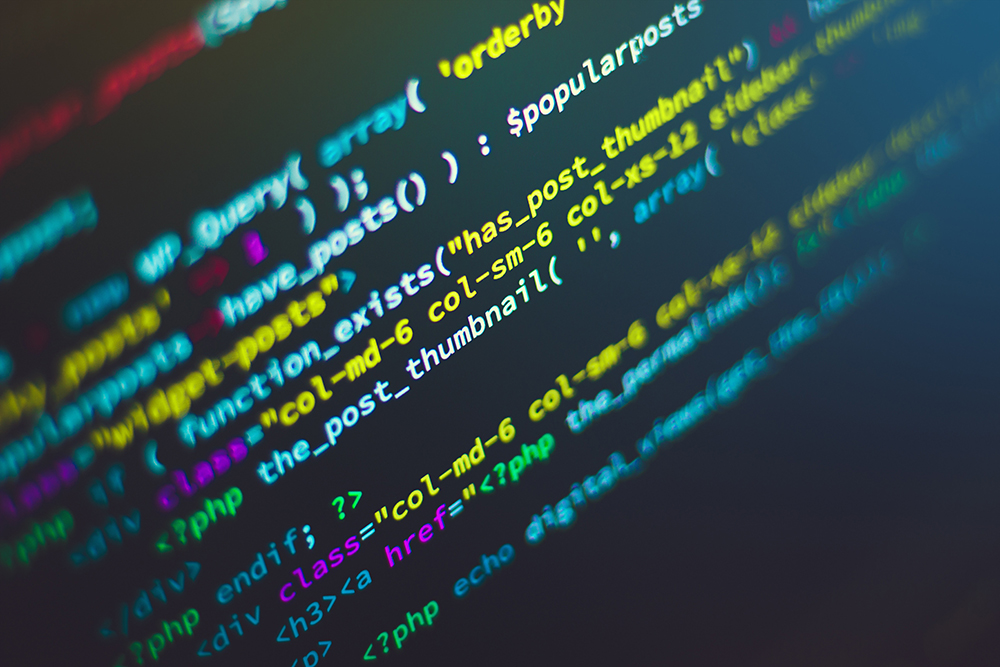There are several markup languages for different applications. The best known is certainly the Hypertext Markup Language (HTML). AIML has established itself in the field of Artificial Intelligence (AI). For synthetic voices SSML is used. The question is whether the possibilities with regard to autonomous systems are exhausted. In the article “The Morality Menu” by Prof. Dr. Oliver Bendel, a Morality Markup Language (MOML) was proposed for the first time. In 2019, a student research project supervised by the information and machine ethicist investigated the possibilities of existing languages with regard to moral aspects and whether a MOML is justified. The results were presented in January 2020. A bachelor thesis at the School of Business FHNW will go one step further from the end of March 2020. In it, the basic features of a Morality Markup Language are to be developed. The basic structure and specific commands will be proposed and described. The application areas, advantages and disadvantages of such a markup language are to be presented. The client of the work is Prof. Dr. Oliver Bendel, supervisor Dr. Elzbieta Pustulka.
HTML, SSML, AIML – and MOML?
On behalf of Prof. Dr. Oliver Bendel, a student at the School of Business FHNW, Alessandro Spadola, investigated in the context of machine ethics whether markup languages such as HTML, SSML and AIML can be used to transfer moral aspects to machines or websites and whether there is room for a new language that could be called Morality Markup Language (MOML). He presented his results in January 2020. From the management summary: “However, the idea that owners should be able to transmit their own personal morality has been explored by Bendel, who has proposed an open way of transferring morality to machines using a markup language. This research paper analyses whether a new markup language could be used to imbue machines with their owners’ sense of morality. This work begins with an analysis how a markup language is structured, describes the current well-known markup languages and analyses their differences. In doing so, it reveals that the main difference between the well-known markup languages lies in the different goals they pursue which at the same time forms the subject, which is marked up. This thesis then examines the possibility of transferring personal morality with the current languages available and discusses whether there is a need for a further language for this purpose. As is shown, morality can only be transmitted with increased effort and the knowledge of human perception because it is only possible to transmit them by interacting with the senses of the people. The answer to the question of whether there is room for another markup language is ‘yes’, since none of the languages analysed offer a simple way to transmit morality, and simplicity is a key factor in markup languages. Markup languages all have clear goals, but none have the goal of transferring and displaying morality. The language that could assume this task is ‘Morality Markup’, and the present work describes how such a language might look.” (Management Summary) The promising results are to be continued in the course of the year by another student in a bachelor thesis.
A Markup Language for Moral Machines
A markup language is a machine-readable language for structuring and formatting texts and other data. The best known is the Hypertext Markup Language (HTML). Other well-known artifacts are SSML (for the adaptation of synthetic voices) and AIML (for artificial intelligence applications). We use markup languages to describe properties, affiliations and forms of representation of sections of a text or set of data. This is usually done by marking them with tags. In addition to tags, attributes and values can also be important. A student paper at the School of Business FHNW will describe and compare known markup languages. It will examine whether there is room for further artifacts of this kind. A markup language, which would be suitable for the morality in the written and spoken as well as the morally adequate display of pictures, videos and animations and the playing of sounds, could be called MOML (Morality Markup Language). Is such a language possible and helpful? Can it be used for moral machines? The paper will also deal with this. The supervisor of the project, which will last until the end of the year, is Prof. Dr. Oliver Bendel. Since 2012, he and his teams have created formulas and annotated decision trees for moral machines and a number of moral machines themselves, such as GOODBOT, LIEBOT, BESTBOT, and LADYBIRD.


